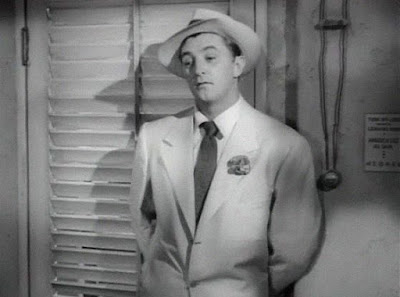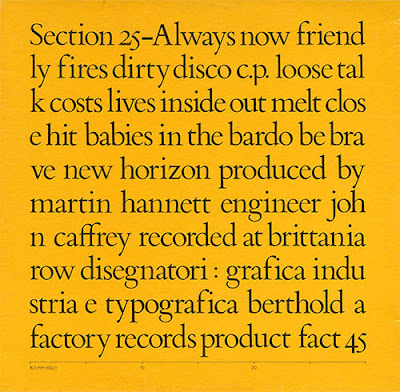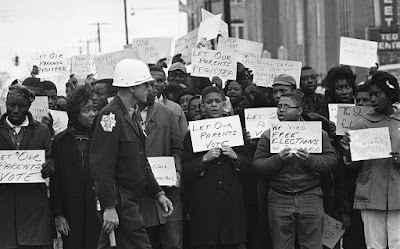
"When I first embarked on writing a biography of Pablo Neruda over a decade ago, I wanted to explore the political power of poetry and its capacity to inspire social change. Neruda’s social verse was an integral part of the humanity he expressed; even without pen in hand, he boldly inserted himself into direct action. I happened to finish the book—Neruda: The Poet’s Calling—at the end of Trump’s first hundred days in office. As a result, the questions that I’d been exploring for years suddenly took on new urgency. As resistance increasingly becomes the operative word in our current political reality, what can one of the most important and iconic resistance poets of the past century offer us? What might he give us as we continue to shape the next chapter in our own cultural story? Some answers, or at least perspectives, can be found in the vivid details of Neruda’s life and work. Neruda’s legacy was directly shaped by the historical events in which he played a part. ..."
The Paris Review
February 2009: Pablo Neruda, 2011 November: 100 Love Sonnets, 2015 November: The Body Politic: The battle over Pablo Neruda’s corpse, 2015 December: In Chile, Where Pablo Neruda Lived and Loved, 2016 May: Windows that Open Inward - Pablo Neruda. Milton Rogovin, Photographing.














































